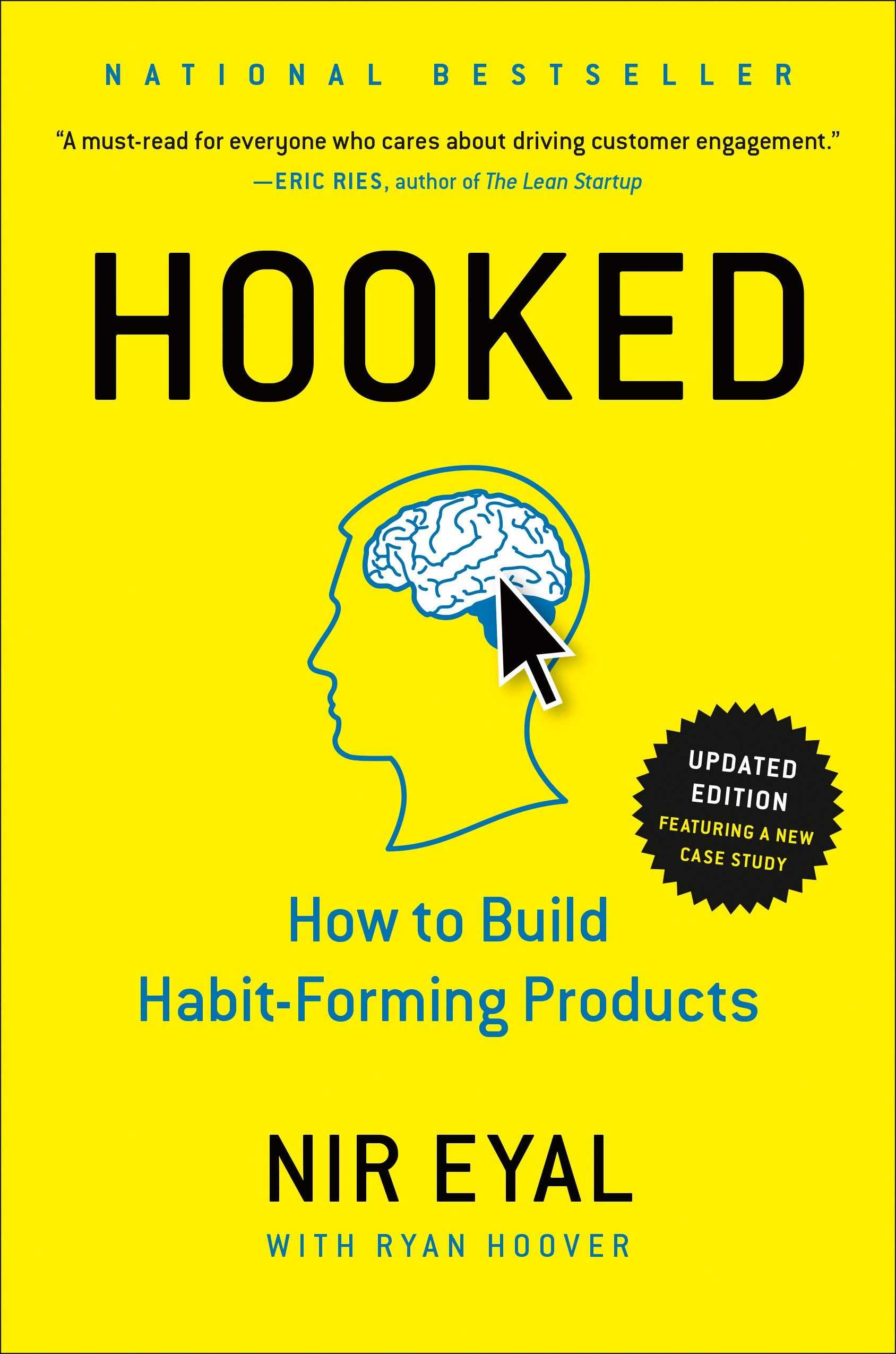22 Highlights
Cognitive psychologists define habits as, “automatic behaviors triggered by situational cues”
Instead of relying on expensive marketing, habit-forming companies link their services to the users’ daily routines and emotions.
Many of our daily decisions are made simply because that was the way we have found resolution in the past. The brain automatically deduces that if the decision was a good one yesterday, then it is a safe bet again today and the action becomes a routine.
Many innovations fail because consumers irrationally overvalue the old while companies irrationally overvalue the new.
John Gourville
Products that require a high degree of behavior change are doomed to fail even if the benefits of using the new product are clear and substantial.
John Gourville
New behaviors have a short half-life, as our minds tend to revert to our old ways of thinking and doing.
Behaviors are LIFO — “last in, first out.” In other words, the habits you’ve most recently acquired are also the ones most likely to go soonest.
Even when we change our routines, neural pathways remain etched in our brains, ready to be reactivated when we lose focus.
For an infrequent action to become a habit, the user must perceive a high degree of utility, either from gaining pleasure or avoiding pain.
A habit is when not doing an action causes a bit of pain.
Habit-forming products often start as nice-to-haves (vitamins) but once the habit is formed, they become must-haves (painkillers).
The basis of Toyota's scientific approach ... by repeating ‘why?’ five times, the nature of the problem as well as its solution becomes clear.
Taiichi Ohno
To initiate action, doing must be easier than thinking. Remember, a habit is a behavior done with little or no conscious thought.
The Fogg Behavior Model is represented in a formula, B = MAT, which represents that a given behavior will occur when motivation, ability, and a trigger are present at the same time and in sufficient degrees.
Dr. BJ Fogg
Understand the reason people use a product or service. Next, lay out the steps the customer must take to get the job done. Finally, once the series of tasks from intention to outcome is understood, simply start removing steps until you reach the simplest possible process.
Denis J. Hauptly
The easier an action, the more likely the user is to do it and to continue the cycle through the next phase of the Hook Model.
Two groups of customers were given punch cards awarding a free car wash once the cards were fully punched. One group was given a blank punch card with 8 squares and the other given a punch card with 10 squares but with two free punches. Both groups still had to purchase 8 car washes to receive a free wash; however, the second group of customers — those that were given two free punches — had a staggering 82 percent higher completion rate.
The “feed” has become a social staple of many online products. The stream of limitless information displayed in a scrolling interface makes for a compelling reward of the hunt.
Only by understanding what truly matters to users can a company correctly match the right variable reward to their intended behavior.
Companies fail to change user behaviors because they do not make their services enjoyable for its own sake, often asking users to learn new, unfamiliar actions instead of making old routines easier.
Those who invested labor associated greater value with their paper creations simply because they had worked on them. Ariely calls this the “IKEA effect.”
Sir William Preece, the chief engineer of the British Post Office famously declared, "The Americans have need of the telephone, but we do not. We have plenty of messenger boys."
